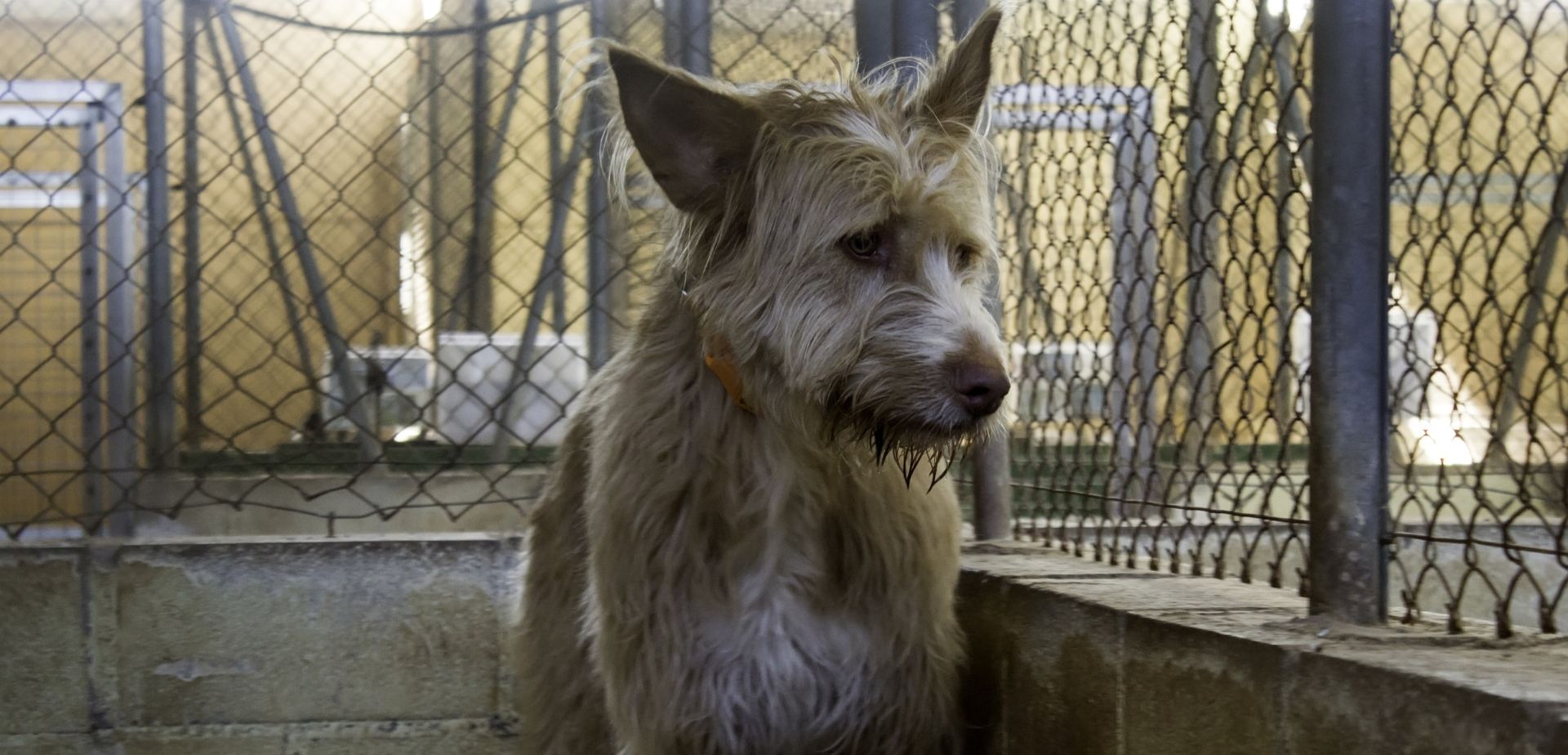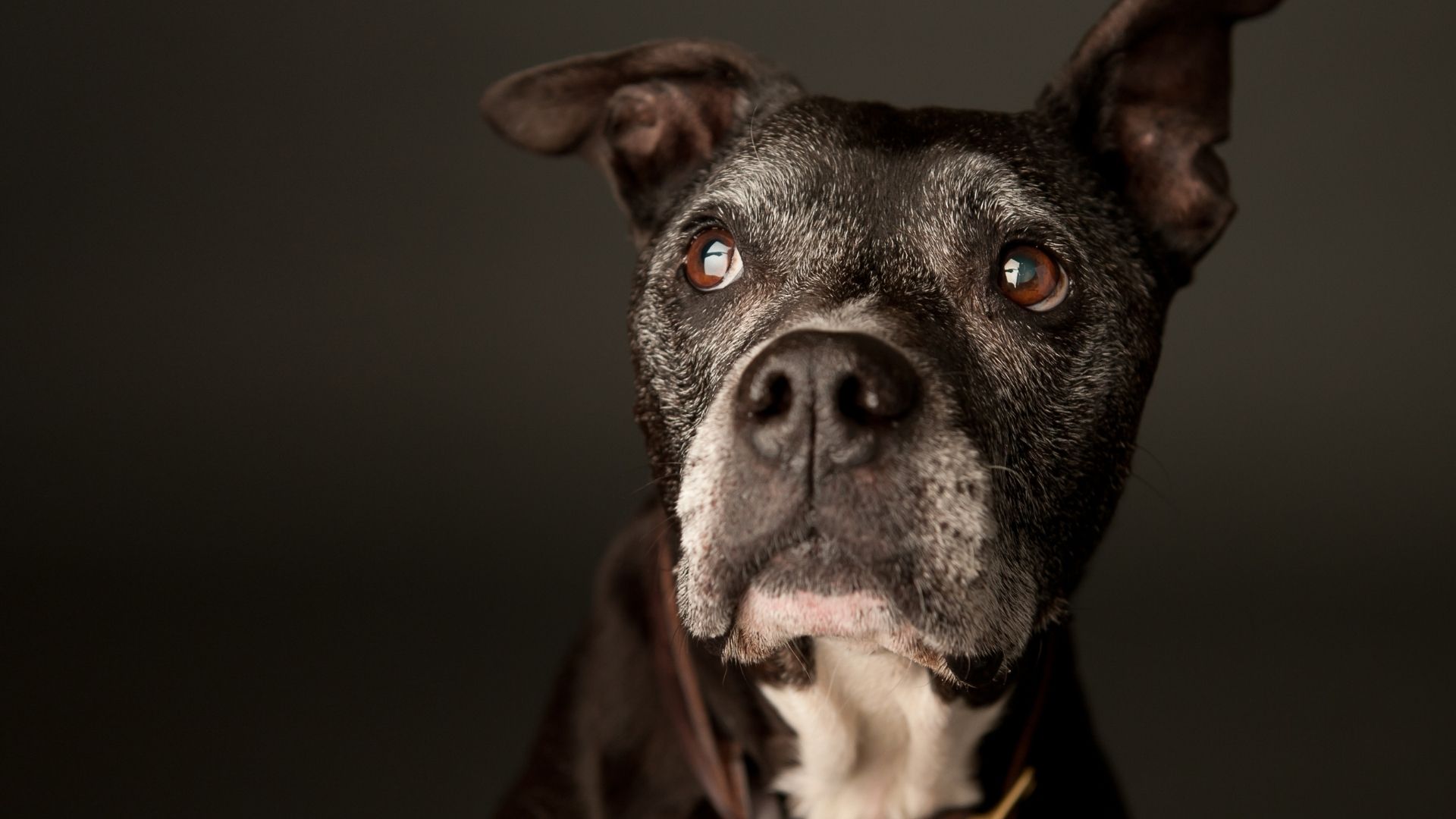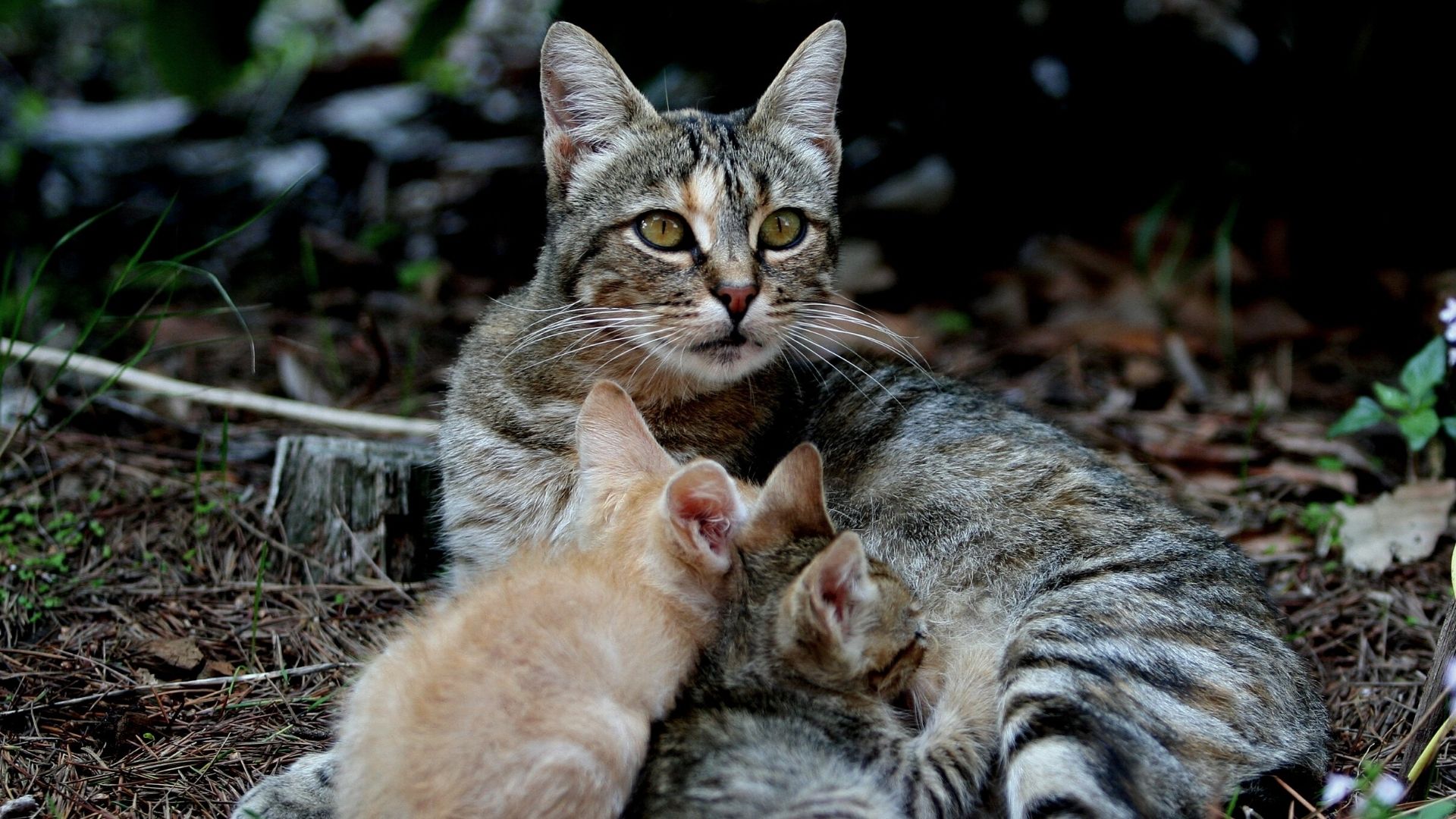A fuzzy little friend is waiting for you
We are on a mission to give every abused, abandoned or homeless pet a forever home.
Donate
By choosing to make a donation to LGAR you will immediately become a vital part of the fight against animal suffering!
Give Monthly
As a monthly donor, your ongoing gift will provide a steady income for LGAR and enable us to save even more animals dogs year-round
Fundraise
With your help, we can continue to fulfill our mission for the many abandoned animals who sit in wait for their new life to begin.

Serving Pets & Humans Since 2015
CAN YOU HELP?
These animals need your love
Most of the animals we are caring for have been abused, abandoned or homeless. They need someone like you to help transform their futures.
There are multiple ways you can help but the best way is adopting a furry new friend.

Serving Pets & Humans Since 2015
CAN YOU HELP?
Recent story
Sign up for our emails
EVERY PET DESERVES A HOME
Benefits of adopting a rescue pet

-
You are saving more than one life
By adopting, you're helping make space for another animal in need and helping to give them e opportunity to become beloved pets.
-
You are helping break the cycle of pet overpopulation
Each year 8-12 million dogs, cats, puppies, and kittens are euthanized because there are simple not enough homes for them.
-
You will become more Zen
Animals keep us calm: Studies have shown that simply having a pet can lower blood pressure, reduce stress and anxiety, and reduce depression - need we say more?
-
You will get unconditional love
Many people worry about connecting with a rescued pet, but rescue animals have so much love to give-and they won't ever stop giving it to you once you let them into your hear!








